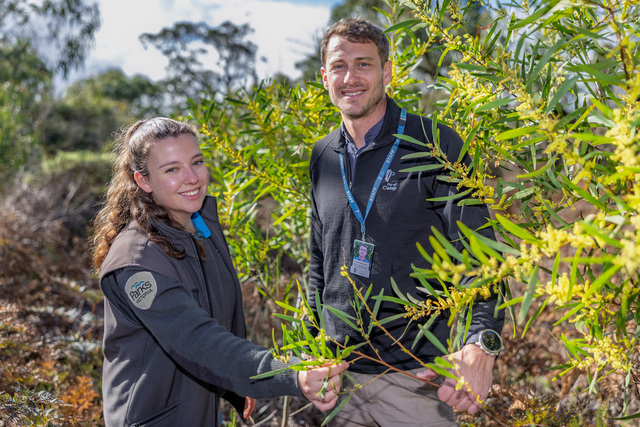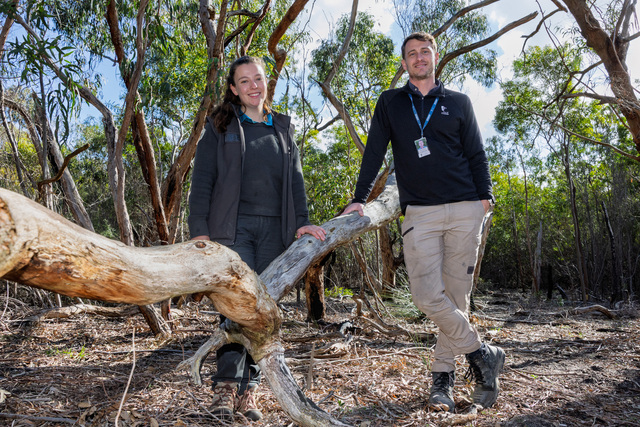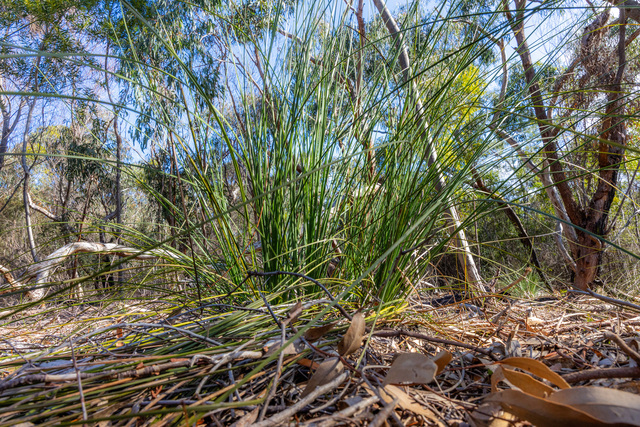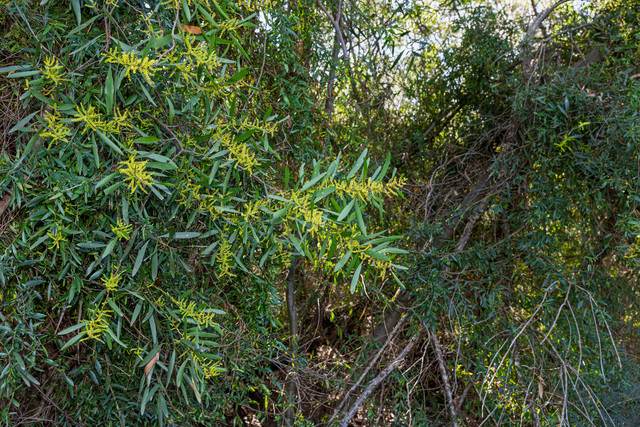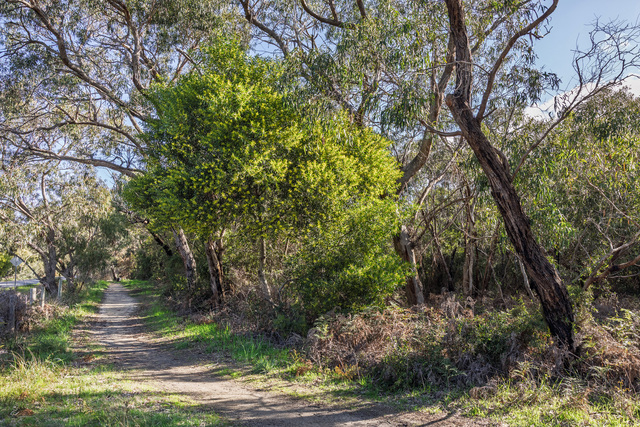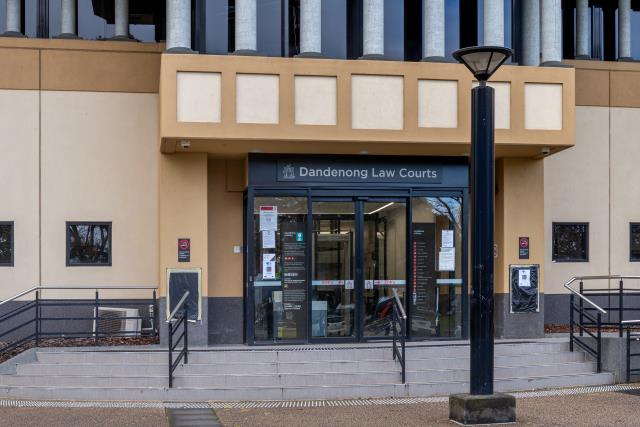In one section of Warneet Natural Features Reserve, the bush is beginning to breathe again.
Just a few years ago, Sallow Wattle strangled the understorey, blocking out the sunlight and leaving little room for native plants to grow. After three years of weed management, that corner now tells a different story: orchids, acacia, and native grass plants are pushing through the soil, a glimpse of what restoration can achieve.
Showing the Star News the efforts of weed management, City of Casey senior Natural Resource Management officer Stuart Boardman explained that weeds like Sallow Wattle can take over the mid-story and start to really dominate areas.
“It actually grows up so thickly that it will shade out and compete with the native plants and indigenous plants on the ground,” he said.
“It can change the structure of the ecosystem. It can make it easier for things like foxes to prey on small marsupials.
“It just really changes the whole dynamic.”
Stuart went on to say that they had had funding for this site for the last three years.
“There’s been a lot of work in this reserve. We’ll keep working for the next two years as well with the new ones.”
Casey Peri-urban Weed Partnership Project now hopes to replicate on a larger scale.
With $144,000 in funding over two years from the State’s Peri-urban Weed Management Partnership Program, the City of Casey, Parks Victoria, and local community groups are working together to restore biodiversity.
Council and Parks Victoria are contributing staff hours and pest control programs, ensuring the project tackles not only invasive weeds but also the broader threats posed by foxes and cats.
The work stretches across four connected reserves.
At Warneet, follow-up efforts will continue against Boneseed, Bridal Creeper and Cape Broom, while cat trapping helps protect wildlife.
Blind Bight Bushland Reserve is seeing infestations of Sallow Wattle and Bluebell Creeper tackled, supported by fox control.
Offshore, Quail Island faces one of the most ambitious tasks: 200 hectares of invasive growth to be cleared, protecting critical habitat for the Southern Brown Bandicoot. Chinaman Island will also see 16 hectares of weed control in its northern section, with more in year two.
During another site visit, Stuart took Star News to walk through a section of Blind Bight Bushland Reserve. All around, young Sallow Wattles were popping up, their yellow blooms bright against the tea-tree.
While attractive at first glance, the plants were spreading thickly, competing with native groundcover and altering the structure of the bush.
“You can imagine in five to ten years, they’ll get up to four or five metres high, so they’ll just start taking over,” Stuart said.
On the ground, the work is slow and methodical, ringbarking, cutting and carefully removing plants without stripping the bush bare.
Measuring success goes beyond what’s seen on the ground. According to Stuart, contractors provide detailed reports, and before-and-after photographs are taken to document changes.
Aerial imagery is also used, with programs like Nearmap making it possible to track the spread, or retreat, of weeds across entire reserves.
“For example, in Warneet Natural Features Reserve, you can really see that last year and the year before, you had a lot of yellow flowers. And then with the new aerials, it’s kind of all gone,” Stuart said.
Stuart said a big part of the weed management project is community engagement.
“We’ve got a really active friends’ group in Warneet who help with our Warneet site, which is great,” he said.
“We’ll be trying to get as much interest as possible in getting new volunteers into our group.
“We’re also going to do some work with some other local agencies and organisations.
“Casey is going to try and organise some workshops to get people interested in weed management and pest animal control. That’s going to be part of the projects.”

